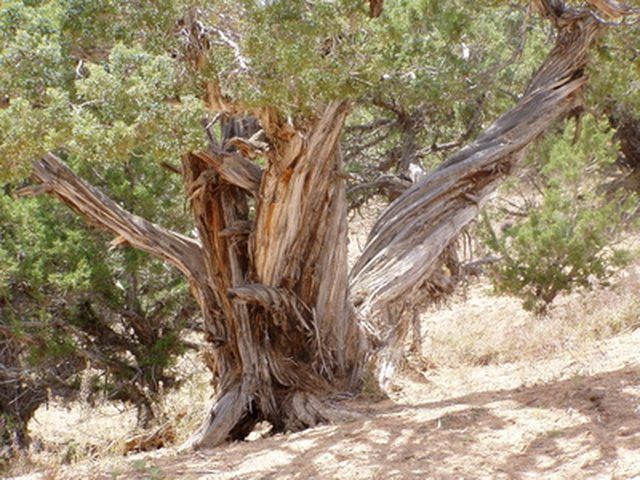Bulbs
Flower Basics
Flower Beds & Specialty Gardens
Flower Garden
Garden Furniture
Garden Gnomes
Garden Seeds
Garden Sheds
Garden Statues
Garden Tools & Supplies
Gardening Basics
Green & Organic
Groundcovers & Vines
Growing Annuals
Growing Basil
Growing Beans
Growing Berries
Growing Blueberries
Growing Cactus
Growing Corn
Growing Cotton
Growing Edibles
Growing Flowers
Growing Garlic
Growing Grapes
Growing Grass
Growing Herbs
Growing Jasmine
Growing Mint
Growing Mushrooms
Orchids
Growing Peanuts
Growing Perennials
Growing Plants
Growing Rosemary
Growing Roses
Growing Strawberries
Growing Sunflowers
Growing Thyme
Growing Tomatoes
Growing Tulips
Growing Vegetables
Herb Basics
Herb Garden
Indoor Growing
Landscaping Basics
Landscaping Patios
Landscaping Plants
Landscaping Shrubs
Landscaping Trees
Landscaping Walks & Pathways
Lawn Basics
Lawn Maintenance
Lawn Mowers
Lawn Ornaments
Lawn Planting
Lawn Tools
Outdoor Growing
Overall Landscape Planning
Pests, Weeds & Problems
Plant Basics
Rock Garden
Rose Garden
Shrubs
Soil
Specialty Gardens
Trees
Vegetable Garden
Yard Maintenance
How to Diagnose Cedar Tree Pests & Diseases
How to Diagnose Cedar Tree Pests & Diseases. The hardy cedar, in particular the eastern white cedar, provides a popular evergreen with needle-like leaves prickly to the touch. Gardeners use cedars to create a hedge fence or to add a pleasing accent to the landscape. These trees present a distinct, appealing aroma and delicate-looking foliage. But...

The hardy cedar, in particular the eastern white cedar, provides a popular evergreen with needle-like leaves prickly to the touch. Gardeners use cedars to create a hedge fence or to add a pleasing accent to the landscape. These trees present a distinct, appealing aroma and delicate-looking foliage. But cedars are prone to both disease and insect infestation. Diagnose what cedar tree pest or disease may be affecting your tree by observing the foliage and trunk.
Things You'll Need
Carbaryl dust
Cloth
Dormant oil spray
Fungicide
Examine the tree for yellowing in the inner foliage and any fine silk webbing. These are signs of mites. Mites winter in the trees. Eliminate them, as they will only reappear again the following year. Mites favor hot, dry conditions. If you suspect mites, a periodic hosing of the tree with water will go a long way to controlling them. Or, use a dormant oil spray, available at most nurseries. Spring application is best, before new buds open. Apply in the morning when weather conditions are mild. Dormant oil also controls overwintering
Search for foliage that appears to be eaten. The hairy caterpillar is particularly fond of white cedars. They live at ground level during the day, climbing up the tree at night to feed on the foliage. A barrier around the base or lower trunk offers an effective means of controlling these pests. Make a collar using any sort of cloth and tie it around the tree. Apply carbaryl dust to the cloth. Treat the cloth every three weeks or after heavy rains until winter.
Check the foliage for any branches that appear to have been bleached, particularly in the spring. It may indicate the larvae of leafminers, a small moth native to Canada, feeding on the leaves. If infestation is heavy, you may also notice dramatic thinning of the foliage as well as small pink or green larvae. Like mites, leafminers can overwinter in the foliage. Unless the infestation is heavy, leave leafminers alone. Cedars tolerate these pests well. If chemicals are needed, consult with a local nursery to determine the appropriate product. Otherwise, prune and burn infested branches before pupation in May or early June.
Inspect the bark of the tree for tiny holes, about 2 mm in the trunk and 1 mm in the branches. These holes, along with thinning and dying foliage, signal the likely presence of the northern cedar bark beetle. Healthy cedars are usually not affected by this beetle; they generally attack newly transplants or dying cedars. Infestation usually goes undetected until considerable damage has been done to the tree. Consult a garden center for the best chemical treatment for your area.
Look for evidence of shoot blight caused by a fungus. Typical symptoms of this disease include blight on the tips of foliage that moves toward the trunk. Foliage damaged by sunscald, winter winds and freezing temperatures is more susceptible to shoot blight. In general, healthy cedars are not affected by the fungus. Keeping trees healthy and pruning back damaged areas often controls fungus problems. Fungus can cause considerable damage, but it is rarely fatal. Apply a fungicide to treat the problem.
Look for signs of other fungi, such as cedar apple rust, Port-Orford-cedar foot disease, witch's broom and brown felt blight.
Cedar apple rust requires another host from a nearby member of the apple family, such as apple trees, mountain ash or hawthorn trees. Signs of this fungus include swollen growth or wood galls on branches or new shoots. As the disease progress, orange jelly-like growths appear on the gall.
Signs of Port-Orford include rootlets that are dark and look at though they are soaked with water. Foliage is often lighter than it should be and may wilt on warm days. Improve the tree's air flow and keep trees away from wetland or water-soaked soil conditions to prevent this condition.
Witch's broom is a fungus that causes branches to become swollen at their base and lateral shoots to emerge from the same area. Cut off and burn affected areas.
Depending on the disease, fungicides may or may not be appropriate. Consult with a nursery for further guidance on how to control the fungus.
Tips & Warnings
If planting new cedars or transplanting an existing tree, plant in an area with adequate air flow and good drainage conditions. This steps will help maintain the health of the tree, the most effective way to deter pests and disease.